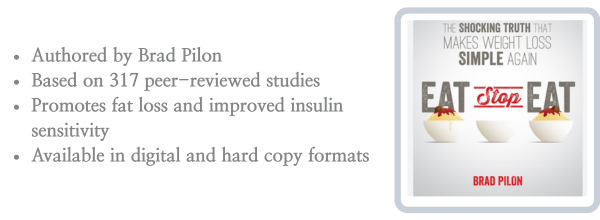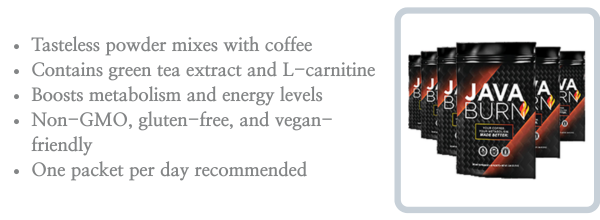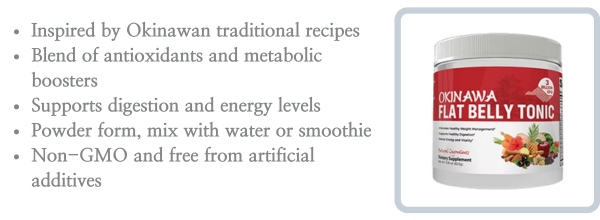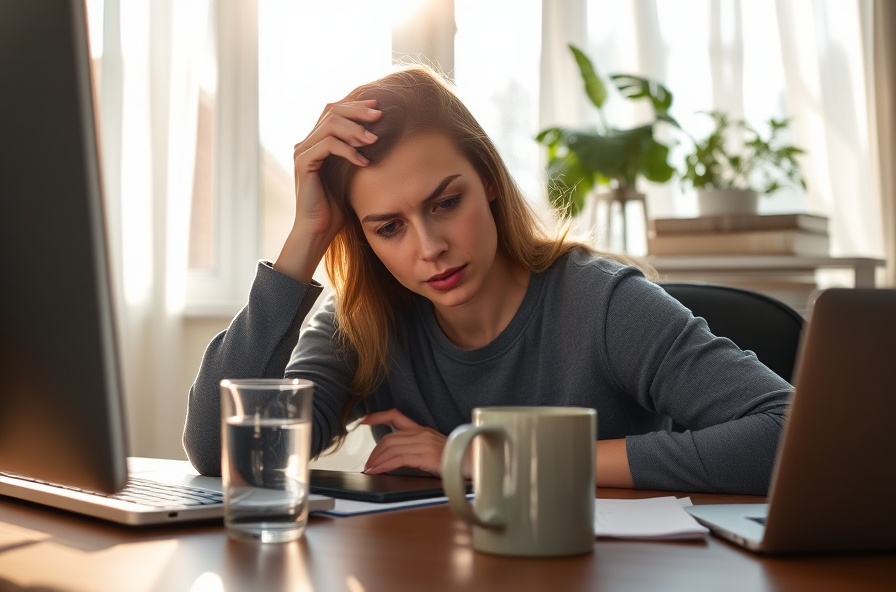
It feels like everywhere you look, someone’s pushing the “drink more water” mantra. Supposedly, it’s the easiest way to fix everything from breakouts to brain fog. I’ll be honest, I was a little skeptical. But so many folks swear by it—and love to share before-and-after pics—that I started to wonder what might actually happen if you *really* made hydration a daily goal for a month. So, I set out to figure out what changes, for real, if you give your water bottle the spotlight for 30 straight days. Ever catch yourself halfway through the afternoon and realize your water glass hasn’t moved since you poured your coffee that morning? For me, that was just… normal. I’d get sluggish, maybe a headache creeping in, and my lips would basically shrivel up like old prunes. Not exactly a good look. And every time, someone would pipe up with, “You probably just need more water!” That idea just seemed sort of bland and easy to ignore—until, honestly, it started to feel like maybe all those people were onto something. That’s how I found myself reading up on the famous 30-day water challenges flooding my feed. If you haven’t seen them, the concept is painfully simple: set a daily water goal, stick to it for a calendar month, and see what happens. Some people map out the classic aim of eight glasses (good luck keeping track), while others go all in with those oversized gallon jugs—I’m talking comically large, the kind that barely fits in a regular bag. There’s a surprising subculture here: some use phone apps that bug you with reminders, others swear by “motivational” bottles with markers for every few ounces. (I only wish I was this organized about *anything* else in my life.) But if you ask around, most people don’t start these challenges just to “do the healthy thing.” They really want to see something—more energy, softer skin, maybe even a little weight loss, or just to stop feeling like a dried-out cactus. There’s a certain optimism about it all, but the stuff people report is honestly kind of surprising. I heard about headaches disappearing, that post-lunch energy slump fading, and—unexpected, for sure—some said they could think more clearly by week three. No complicated powders, nothing too pricey, just water. Was it too good to be true? Not really, if you listen to people’s real stories and not the marketing fluff. My friends who tried it said it wasn’t like flipping on a light switch; improvements crept in slowly. Workouts felt a bit less brutal, skin got this subtle glow, and best of all, the habit stuck easier than I expected. After the first week, you stop feeling silly about how often you’re running to the bathroom or checking your silly app. (One person said her real challenge wasn’t the water but remembering to keep the bottle full!) One personal tip that actually made a difference for me: leave a glass of water beside your bed, so you can drink it first thing. It’s oddly satisfying, and suddenly, hitting your daily target doesn’t feel so daunting. By the end of the month, it’s less about winning some invisible contest, more about feeling like you finally did something nice for your body—every single day. Even if you don’t bat a thousand, just making that extra effort is enough to feel a real shift. So, honestly, if you’re thinking about doubling down on water for a month, my advice? Just give it a shot. You don’t need to go wild tracking every ounce or haul around a jug that could water a houseplant for a week. A little bit of commitment, a few simple tricks (seriously, that “glass in the morning” tip is a game-changer), and you might be surprised by how you feel. None of it is overnight magic, but if you stick with it, your body quietly starts to thank you in ways you’ll notice. Small steps, big payoff—just the way I like it.
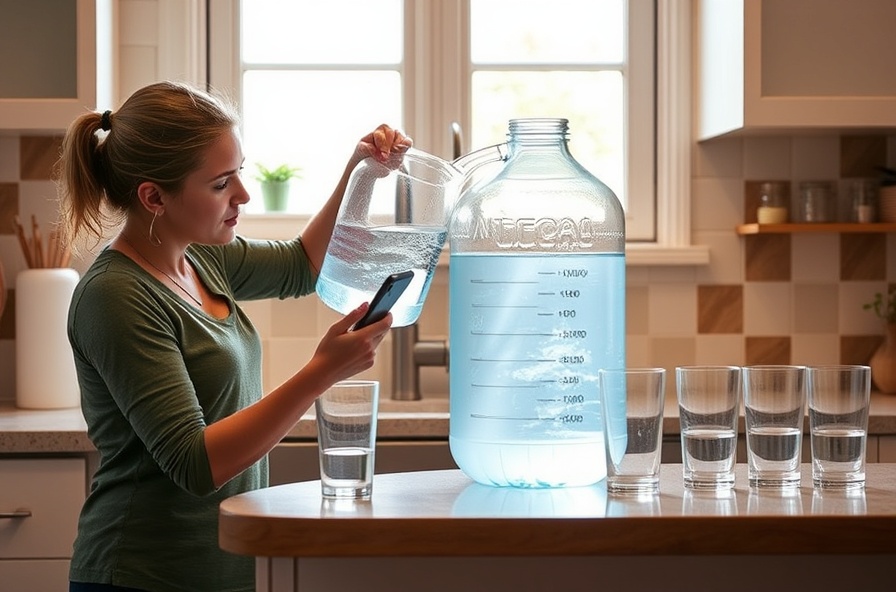
Alright, here’s the lowdown: I went on a deep dive into those month-long “drink more water” challenges you see all over Instagram and TikTok. If you’ve ever thought about carrying a ridiculous jug around or wondered what could actually happen if you really went for it—skin, mood, headaches, that kind of stuff—this breaks it all down from a real-life angle. I talk about what people hope to see, what actually improves, and a few things that nobody really tells you about. If you’ve debated whether the hype is real, you’ll probably see bits of yourself here.
It feels like everywhere you look, someone’s pushing the “drink more water” mantra. Supposedly, it’s the easiest way to fix everything from breakouts to brain fog. I’ll be honest, I was a little skeptical. But so many folks swear by it—and love to share before-and-after pics—that I started to wonder what might actually happen if you *really* made hydration a daily goal for a month. So, I set out to figure out what changes, for real, if you give your water bottle the spotlight for 30 straight days.
Ever catch yourself halfway through the afternoon and realize your water glass hasn’t moved since you poured your coffee that morning? For me, that was just… normal. I’d get sluggish, maybe a headache creeping in, and my lips would basically shrivel up like old prunes. Not exactly a good look. And every time, someone would pipe up with, “You probably just need more water!” That idea just seemed sort of bland and easy to ignore—until, honestly, it started to feel like maybe all those people were onto something.
That’s how I found myself reading up on the famous 30-day water challenges flooding my feed. If you haven’t seen them, the concept is painfully simple: set a daily water goal, stick to it for a calendar month, and see what happens. Some people map out the classic aim of eight glasses (good luck keeping track), while others go all in with those oversized gallon jugs—I’m talking comically large, the kind that barely fits in a regular bag. There’s a surprising subculture here: some use phone apps that bug you with reminders, others swear by “motivational” bottles with markers for every few ounces. (I only wish I was this organized about *anything* else in my life.)
But if you ask around, most people don’t start these challenges just to “do the healthy thing.” They really want to see something—more energy, softer skin, maybe even a little weight loss, or just to stop feeling like a dried-out cactus. There’s a certain optimism about it all, but the stuff people report is honestly kind of surprising. I heard about headaches disappearing, that post-lunch energy slump fading, and—unexpected, for sure—some said they could think more clearly by week three. No complicated powders, nothing too pricey, just water.
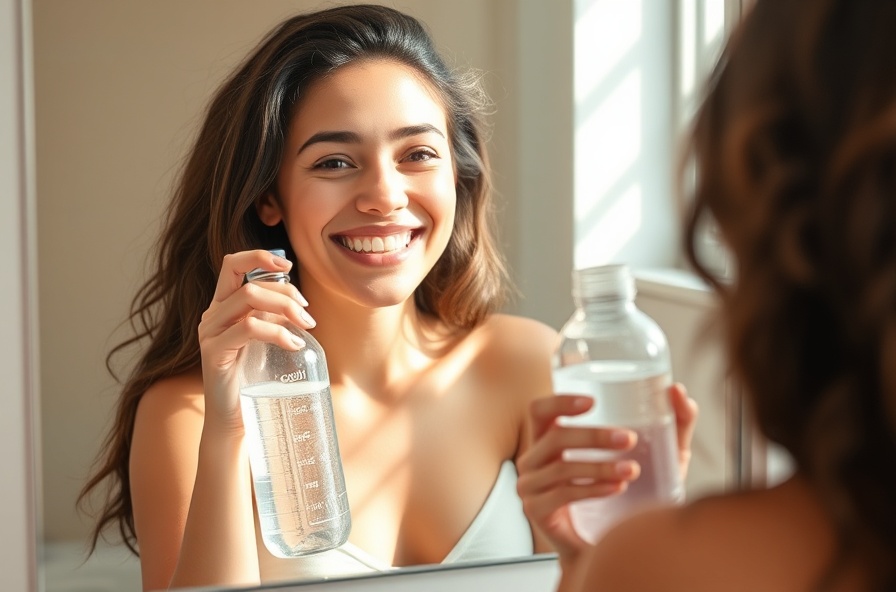
This Is What Happened When I Upped My Water Intake for 30 Days
Drinking Almost a Gallon of Water a Day for One Month – My Honest Results
We Attempted the 30-Day Water Challenge — Here’s How It Went (YouTube)
Today’s related searches: how to start 30 day water challenge, best time to drink more water, increase daily water intake tips, drinking water for better skin results, hydration reminders for busy schedules
Each offers exceptional value and is designed to support your health in meaningful ways
